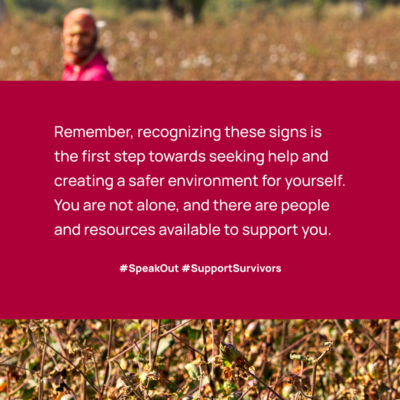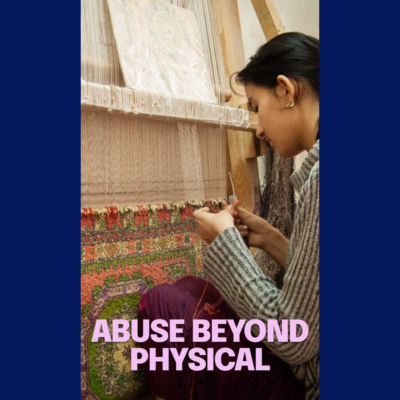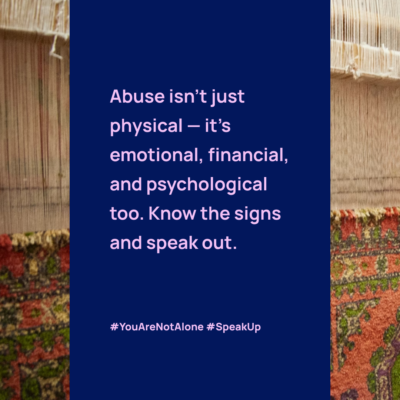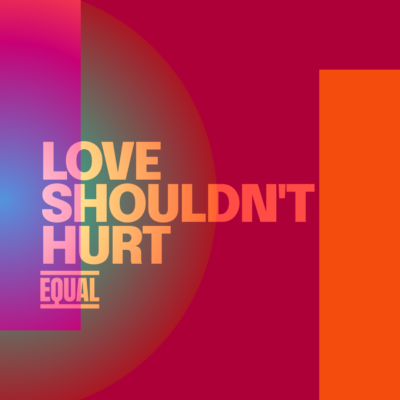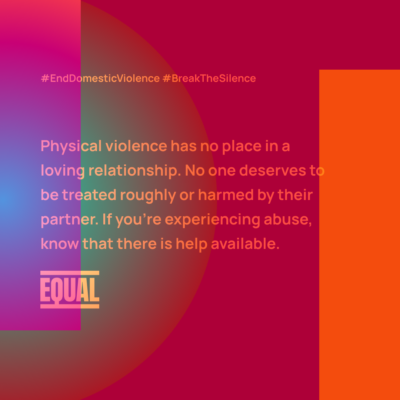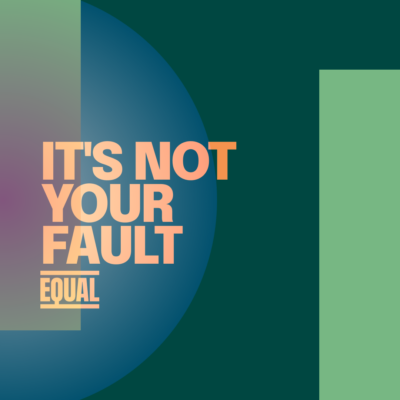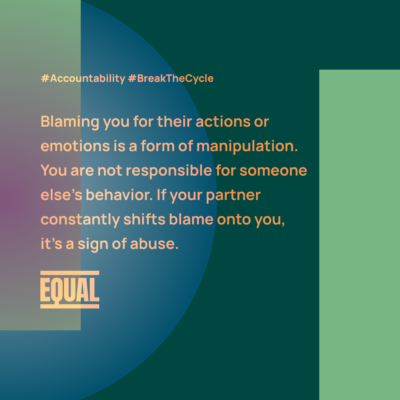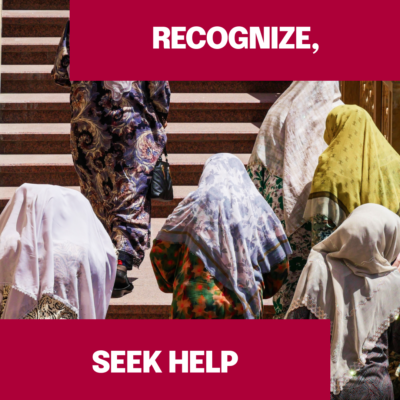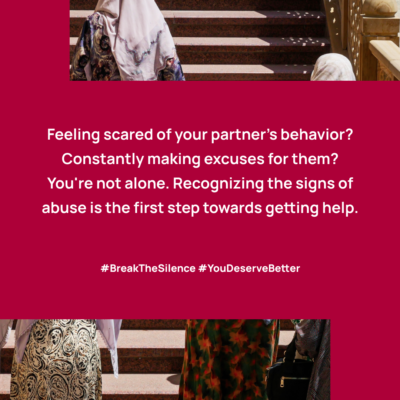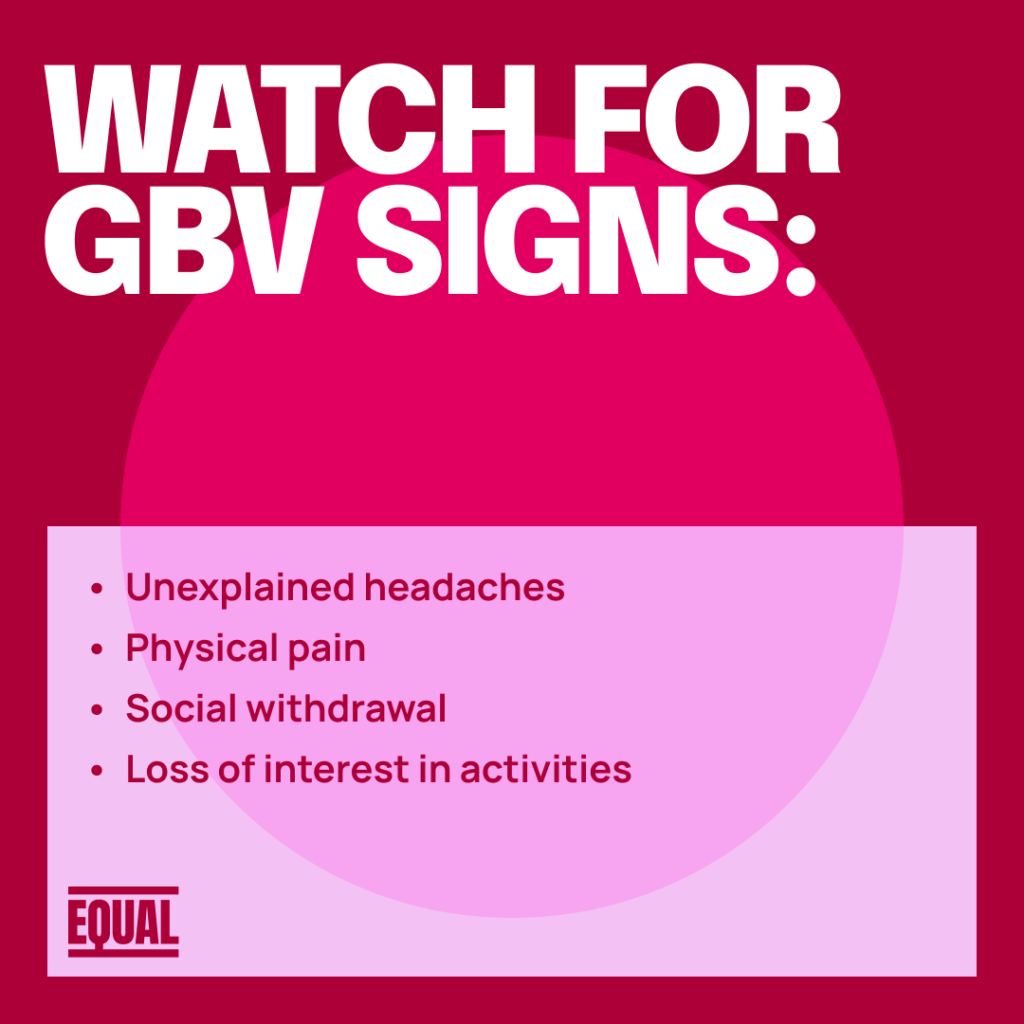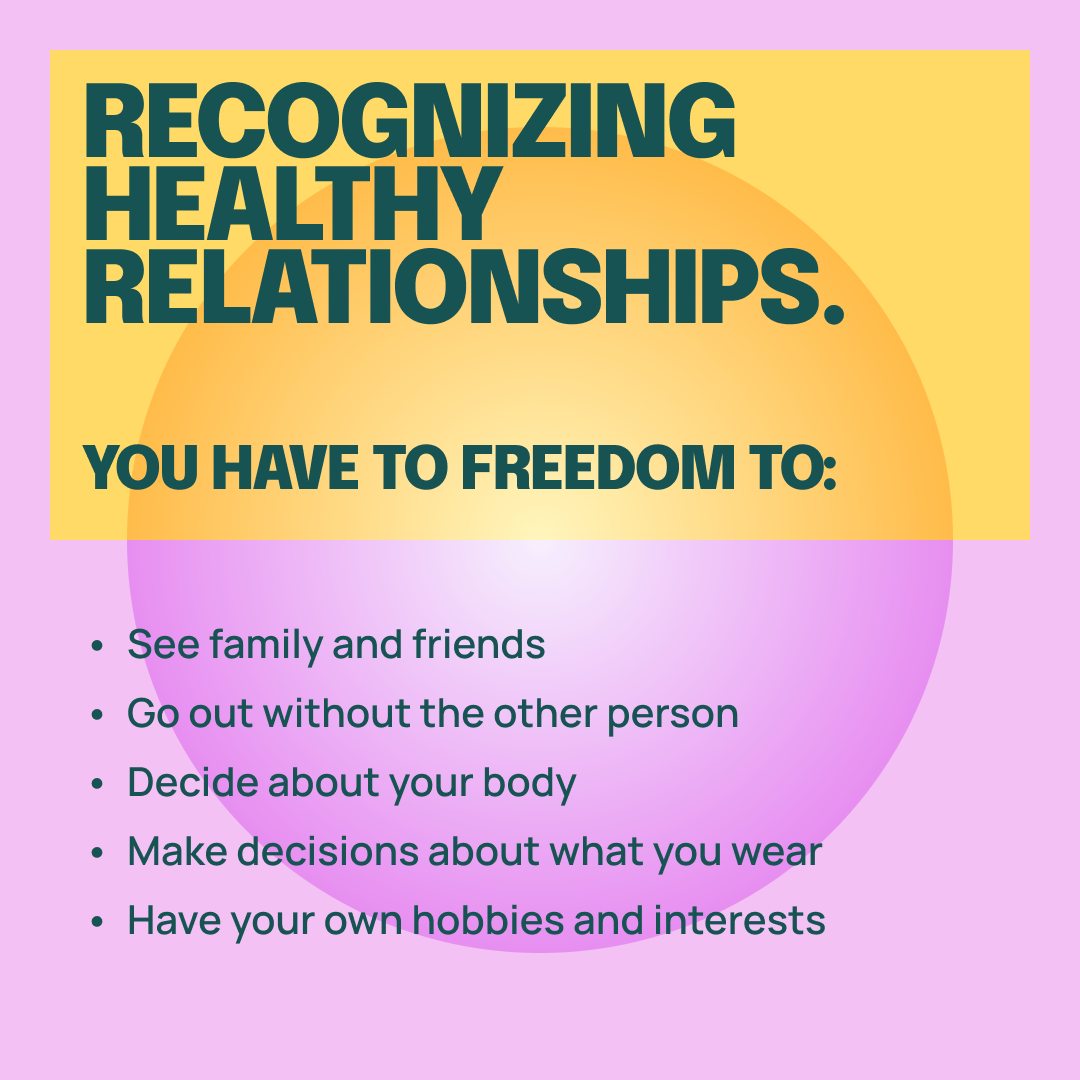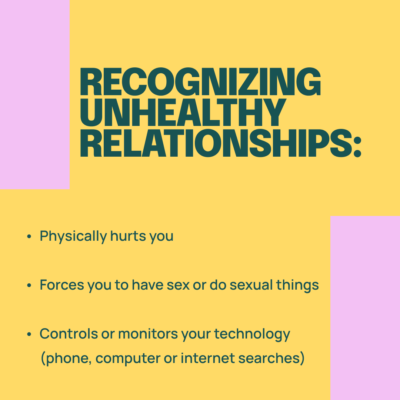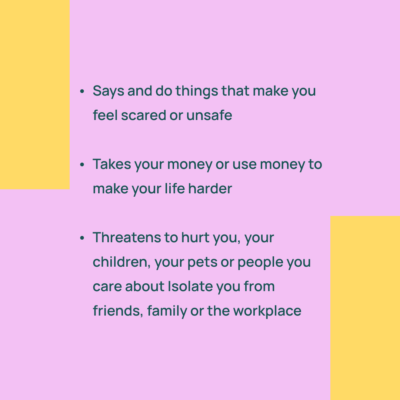Recognizing the Signs of Abuse: Breaking the Cycle of Violence
Abuse can take many forms—physical, emotional, financial, and psychological—but no matter the form, it has no place in any relationship. Recognizing the signs of abuse is the first critical step toward breaking free from the cycle of violence, seeking help, and reclaiming safety and control over your life.
Understanding Abuse: It’s More Than Physical
Abuse isn’t always easy to identify, especially when it doesn’t involve physical harm. Emotional and psychological abuse can be just as damaging, often leaving invisible scars that linger for years.
- Constant Blame and Manipulation: If your partner shifts blame onto you for their emotions or actions, it’s a form of control and manipulation. Remember, you are not responsible for someone else’s behavior.
- Isolation: Does your partner discourage you from seeing family and friends or make you feel guilty for spending time away from them? Isolation is a key tactic abusers use to maintain control.
- Financial Control: Controlling your finances or making it difficult for you to manage money independently is a clear sign of financial abuse.
The first step toward seeking help is recognizing that abuse isn’t just physical—abusers may control, manipulate, or harm you in ways that aren’t always visible.
Signs to Watch For
Sometimes, recognizing abuse isn’t just about behaviors—it’s also about how the abuse makes you feel or the impact it has on your well-being. Pay attention to the following signs:
- Physical Signs: Frequent, unexplained headaches, bruises, or body aches.
- Behavioral Signs: Withdrawing from social activities, losing interest in hobbies, or feeling scared and unsafe.
- Emotional Impact: Constantly making excuses for your partner’s behavior or feeling like you’re walking on eggshells around them.
If any of these signs resonate with you, know that you are not alone, and help is available.
What a Healthy Relationship Looks Like
Recognizing unhealthy dynamics starts with understanding what a healthy relationship looks like. In a healthy relationship, you should have the freedom to:
- Spend time with family and friends without guilt or control.
- Pursue your hobbies and interests.
- Make your own decisions, including about your body, clothing, and activities.
- Feel safe and supported, not fearful or monitored.
Unhealthy Relationship Red Flags
In contrast, the following behaviors are signs of an abusive relationship:
- Physically hurting or threatening you or loved ones (including children or pets).
- Forcing sexual acts or controlling your body against your will.
- Monitoring your phone, computer, or internet searches.
- Using money to control you or make your life difficult.
- Saying or doing things that make you feel scared, unsafe, or emotionally drained.
No one deserves to live in fear or uncertainty. These behaviors are unacceptable, and there is help to escape such situations.
You Are Not Alone: Steps to Take
Recognizing the signs of abuse is brave—it’s the first step toward reclaiming your life. Here are some actions you can take:
- Reach Out: Talk to trusted friends, family members, or professionals who can help. You don’t have to carry this alone.
- Seek Support: Many organizations and resources exist to help survivors of abuse. You deserve safety and care.
- Trust Yourself: If something feels wrong, it likely is. Your feelings are valid, and your safety matters.
Ending the Cycle of Silence
“Each time a woman stands up for herself, without knowing it possibly, without claiming it, she stands up for all women.” – Maya Angelou
Breaking free from abuse takes courage, but you are not alone in this journey. Recognizing the signs, seeking help, and taking small steps can lead to a life where you feel safe, empowered, and respected.
Let’s continue to raise awareness, support survivors, and foster healthy, equal relationships—because everyone deserves a life free from fear and violence.



